The “Last Shift” reimagining “Malum” is a thrilling, terrifyingly sadistic spectacle that proves sometimes you can fix what isn’t broken.
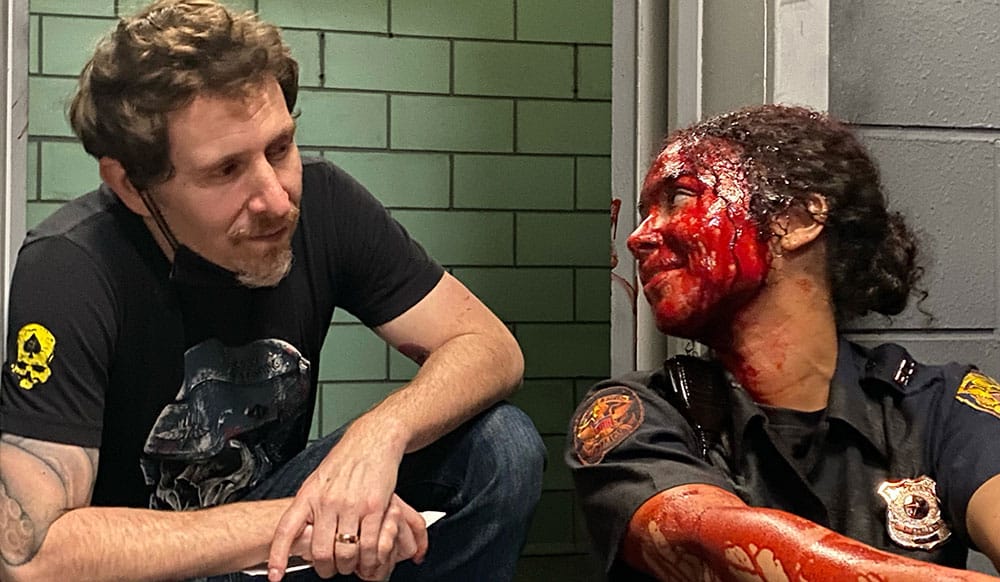
Director Anthony DiBlasi and Lead Actor Jessica Sula
Admittedly, it’s an unusual choice for a director to remake his own English-language film less than ten years after its debut.
Anthony DiBlasi’s Last Shift, which he co-wrote with Scott Poiley, was one of the biggest surprises of 2015. This small little independent horror film more than made up for its lack of resources with an unnerving atmosphere, stellar sound design, and genuinely effective scares.
After premiering at the London FrightFest Film Festival on October 25, 2014, the low-budget indie film was quietly released to video-on-demand in the United States on October 6, 2015, gaining traction through excellent word-of-mouth.
It was a masterclass in tension that had horror fans buzzing and critics singing its praises, even making WatchMojo’s list of “Top 10 Horror Movies That Were Better Than We Expected” (honorable mention).
When DiBlasi — whose directorial debut, Dread (2009), based on a Clive Barker short story, is one of the most underrated indie horror films of the 2000s — set out to make Last Shift, he wanted to make a smaller, contained film that focused on atmosphere.
A single-location film with a tiny cast, centering almost entirely on its rookie police officer (Juliana Harkavy), Last Shift is a decidedly low-budget affair. But it also manages to do so much with so little, and it’s one of those rare films that manages to maintain tension throughout while being exceedingly creepy and truly frightening.
While I didn’t initially consider Last Shift a film that needed improving on, Malum manages to take everything that works about the original and crank it up to eleven.
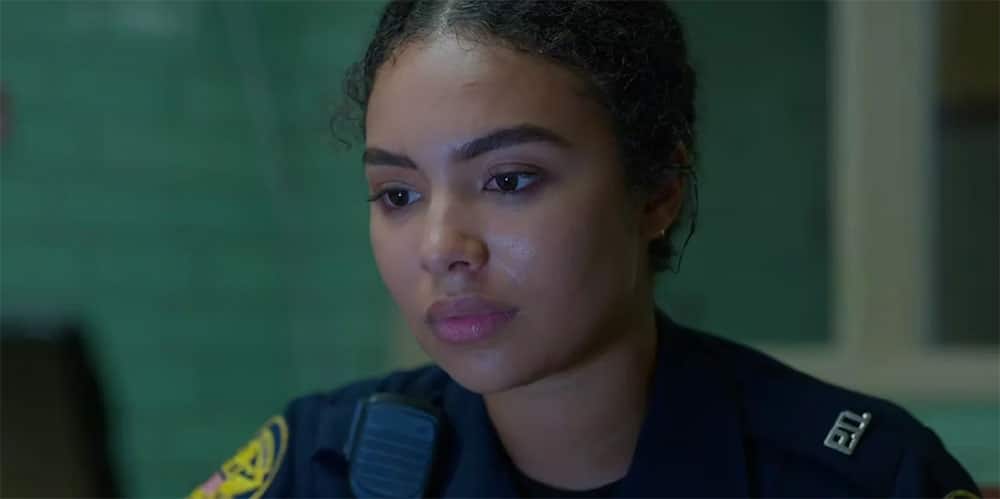
At the same time, it adds just the right amount of polish and visual style to take a film that was already excellent and make it phenomenal.
The primary goal here is two-fold. When given the opportunity to revisit his small indie horror gem with a bigger budget, DiBlasi could expand the universe somewhat and bring back elements of the original vision that were left on the chopping block due to budget constraints.
Perhaps even more importantly, revisiting his 2015 sleeper hit gave DiBlasi the chance to do something he was denied with Last Shift: get the film in front of a larger audience as it was meant to be seen in a proper theatrical setting.
For those familiar with Last Shift, the story in Malum is mostly unchanged, and the central premise is deceptively simple.
A rookie police officer takes the last solo shift at an empty, newly decommissioned police station. But what should have been an uneventful night turns harrowing due to the prison’s connections to a dangerous cult.
Malum, however, takes the story further by revealing deeper connections between the young officer and the cult.
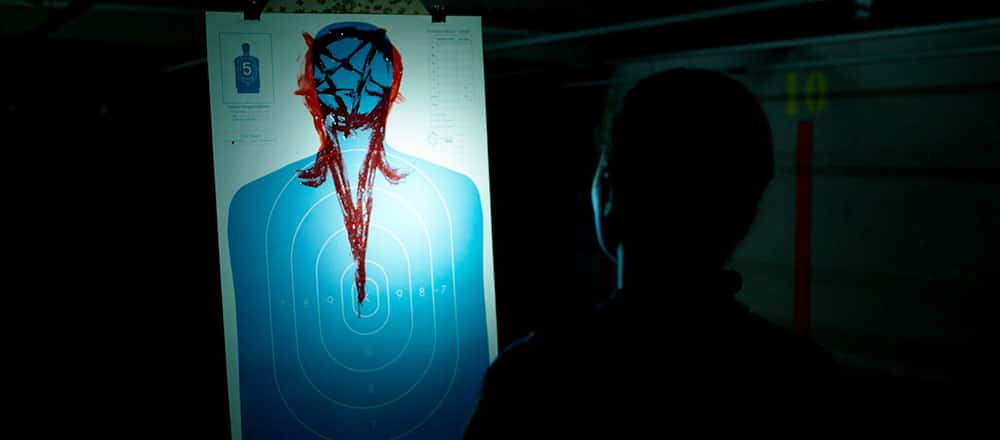
It hooks you from the first frame and never relents.
This time around, DiBlasi sets up an intriguing backstory that gives Officer Jessica Loren (Jessica Sula, Scream: The TV Series, Split) more agency, established during the film’s very effective and strikingly creepy opening scenes.
It’s a much more engaging opening than Last Shift, introducing us immediately to the horrors of the Malum cult and setting a tense and uneasy tone right out of the gate with powerful visuals and unnerving sound design.
In Last Shift, Loren was assigned to her shift and appeared as an unwitting victim in the wrong place at the wrong time. In Malum, she volunteers for the shift to honor her deceased father, a former decorated officer who previously worked at the station.
After rescuing three girls from a vicious cult, Captain Will Loren (Eric Olsen), Jessica’s father, went insane, killing two other offers before turning the shotgun on himself.
Even before she arrives at the station, Jessica is having a bad day. She has a run-in with her estranged, alcoholic mom, Diane (Candice Coke), at her father’s grave and encounters some nasty cult members on the drive to work.
Jessica chose to follow in the footsteps of her dad by becoming a cop, against her mother’s wishes. Her father was her hero, and she’s proud to continue his legacy. But the stain on his name follows her into her first day on the job, where she receives a chilly reception.
Something feels off at the station, even before Jessica is plunged into an unspeakable nightmare.
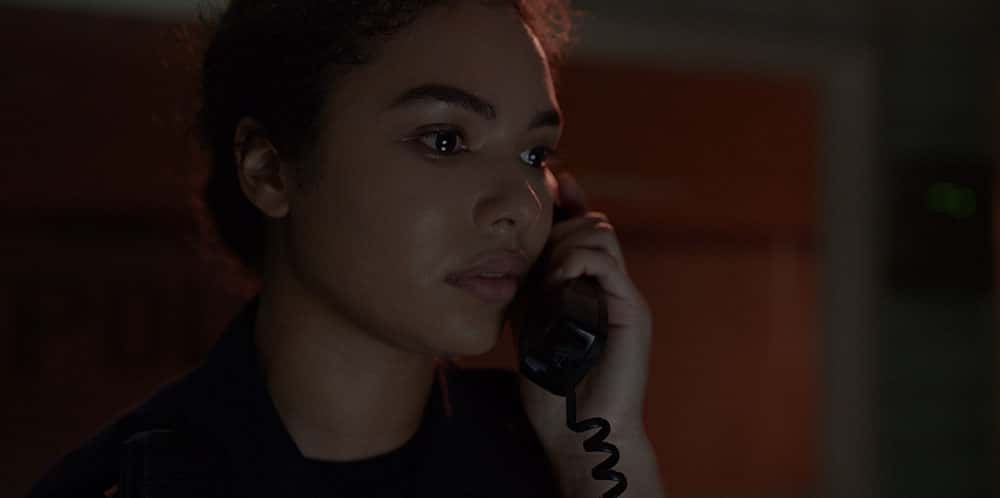
Dark and atmospheric, the setting is inherently ominous, effectively emphasizing a sense of isolation and vulnerability.
The first officer Jessica encounters is acting notably strange. Even though all calls were supposed to be rerouted to the new station, the phone won’t stop ringing, and most of the callers are taunting and antagonistic.
It isn’t long before a pig with a demonic symbol painted on its back is dropped outside the station’s front door, followed by a break-in by a homeless man who appears mentally unstable.
Jessica has been warned to avoid the holding cell, though never given a reason. But she’s forced to enter to contain the erratically behaving vagrant (Kevin Wayne), accidentally getting locked in with the man. When she tries to radio for help, the radio doesn’t work, and menacing voices appear to be coming through the static.
Jessica begins to be plagued with visions and starts questioning her own perception and state of mind as unexplained horrors abound.
When Jessica witnesses a prostitute (the director’s wife, Natalie Victoria, reprising her role from the original) being harassed outside the station, she brings her in to clean up her wounds. She then gets some eerie backstory about the cult members who hanged themselves in one of the prison cells exactly one year earlier.
Soon, Jessica spirals down a dreadful rabbit hole as she plugs her father’s jump drive into a station computer and uncovers more shocking details about the Malum cult.
DiBlasi makes masterful use of anxiety-inducing editing with disorienting quick cuts and flashes of gore.
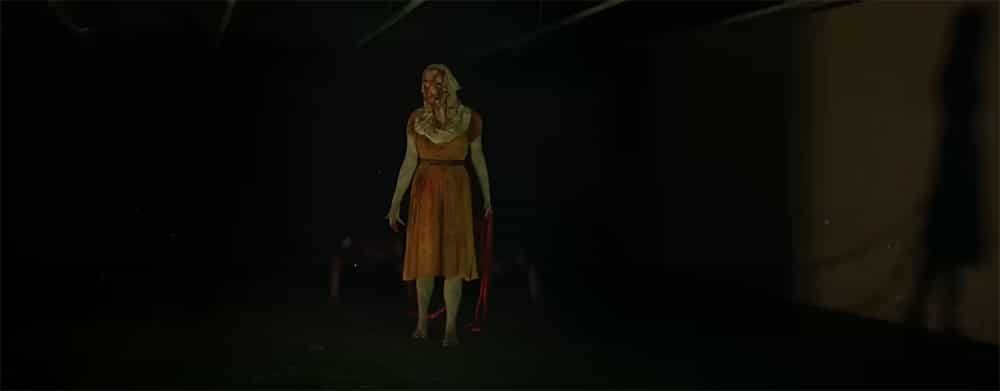
He’s so effective at making you question what you’re seeing and helping place the viewer in the protagonist’s state of mind.
Fantastic use of light and shadows, like a police flashlight that barely illuminates a dark hallway, obscures your vision enough to keep you in a constant state of paranoid fear and uncertainty.
Cinematographer Sean McDaniel turns an abandoned prison into a dread-inducing hellscape, with terrors lurking around every dark corner.
Where Last Shift truly excelled was its distressing sound design, and Malum significantly enhanced the audial terror with a spine-chilling score from Samuel Laflamme (Outlast 2) that creates unbearable levels of tension.
Even benign sounds, like the grunts and squeals of a pig, are transformed into something guttural and unholy.
With what amounts to mostly a one-woman show, Lead Jessica Sula must carry the weight of the film on her shoulders, being almost entirely responsible for the film’s depth and emotional weight. And she knocks it out of the park.
Sula is mightily impressive in a role that demands much of her, effortlessly conveying fear, grief, confusion, and compassion in a way that draws the viewer in and helps ground us amidst the increasingly chaotic supernatural terror.
This powerful combination of a smart script, capable lead, and technical expertise does wonders to elevate MALUM.
But the main attraction is the spectacular gore and special effects.
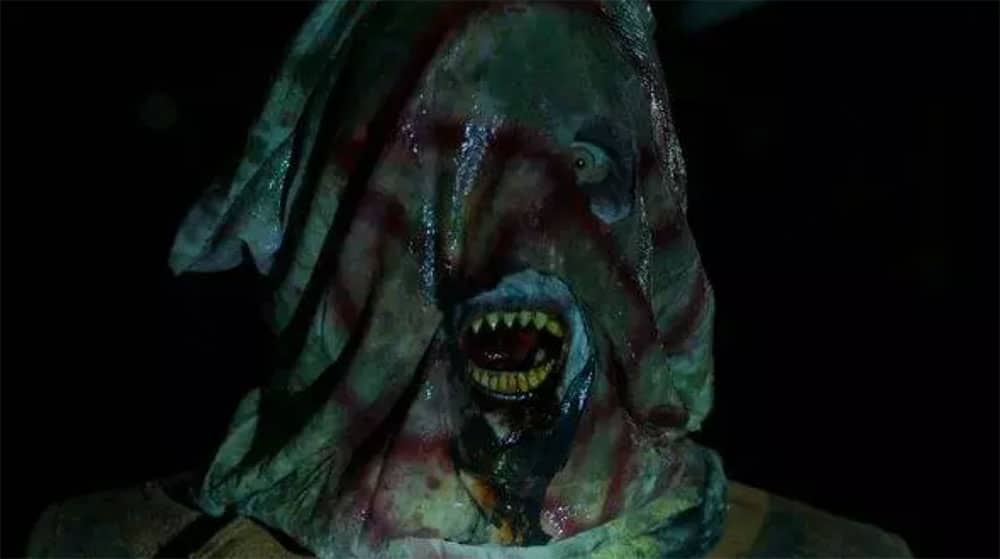
In that arena, Malum definitely does not disappoint, wildly surpassing the already strong visuals of Last Shift.
This is pure nightmare fuel: visceral gore, ample blood and guts, swoon-worthy practical effects, and phenomenal creature design from RUSSELFX (Hellraiser 2022).
The hellish imagery, especially in the latter half of the film, reminded me of Silent Hill, which I consider high praise indeed. The elevated and dramatically escalated ‘shock and awe’ is a fine justification for the remake’s bigger budget, and it is money well spent.
And it’s not just that the film looks better. That’s inarguable.
But everything works better here. It’s leaner, meaner, grislier, more investing, more unsettling, and perfectly paced — with furious momentum that doesn’t give viewers a chance to catch their breath.
While some criticized the lackluster ending of Last Shift, Malum hurtles toward a horrifying, edge-of-your-seat climax and delivers an explosive final act that’s sure to satisfy.
Arguably, Last Shift didn’t need a remake, which makes Malum feel a bit unnecessary. With that said, DiBlasi manages to polish up his indie gem and make it shine so brightly that it promises to be one of the year’s best horror films. Truly, it’s quite a triumph.
Undoubtedly, fans of Last Shift will love this wicked reimagining, even if they’re familiar with most of the beats. And newcomers should prepare for a truly thrilling and terrifying descent into Hell.
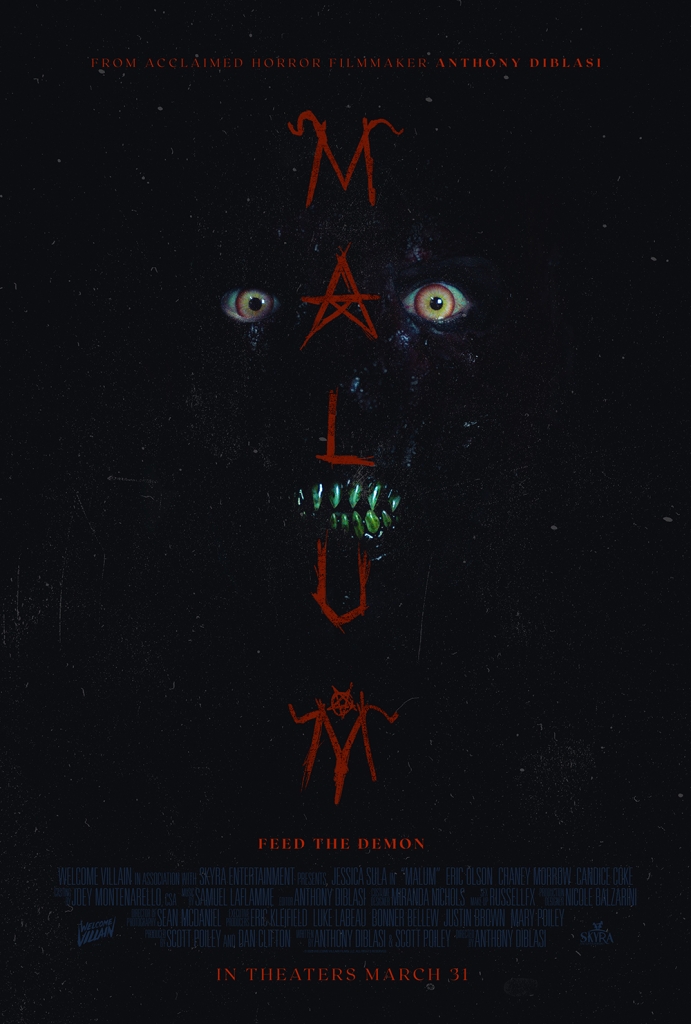


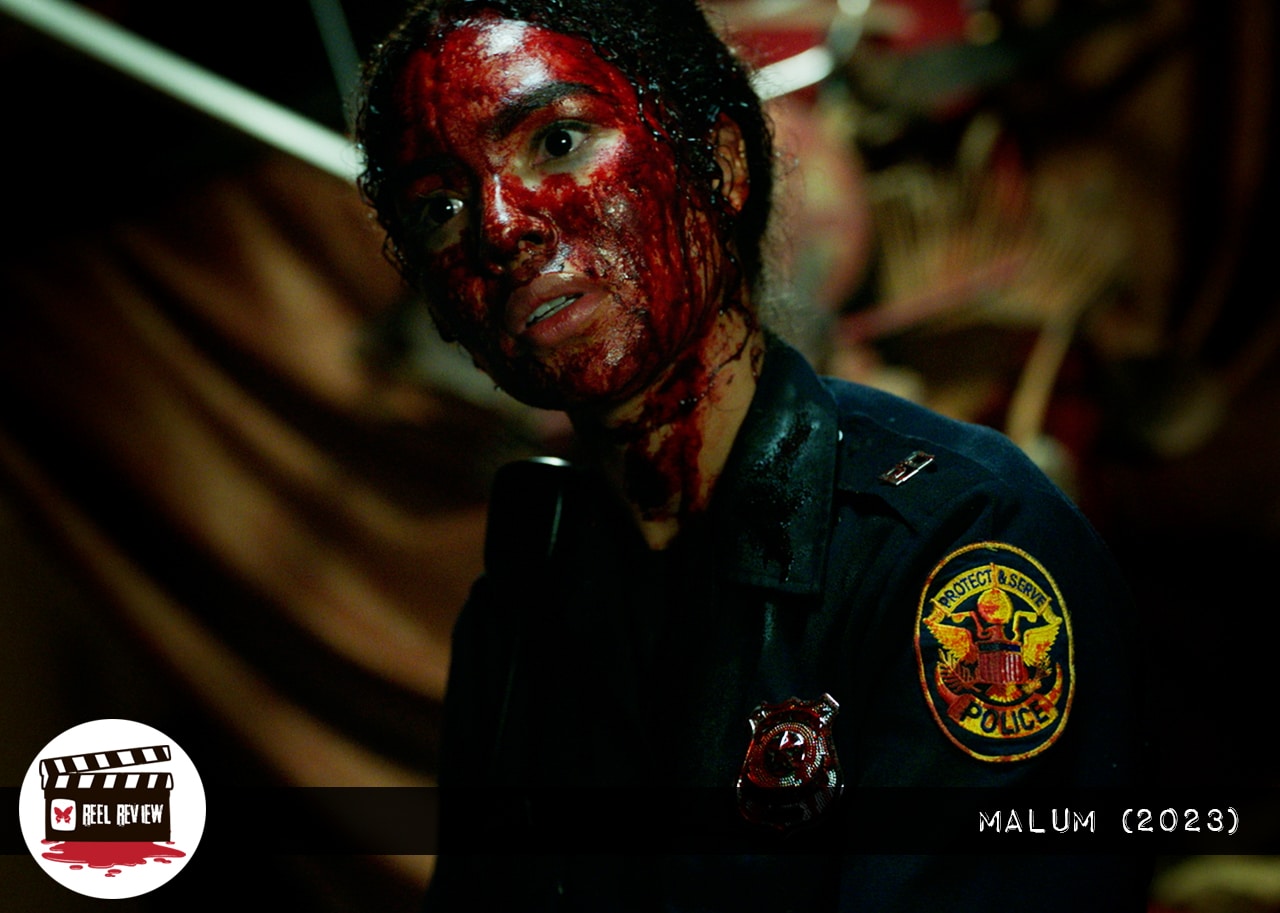


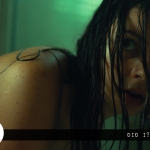


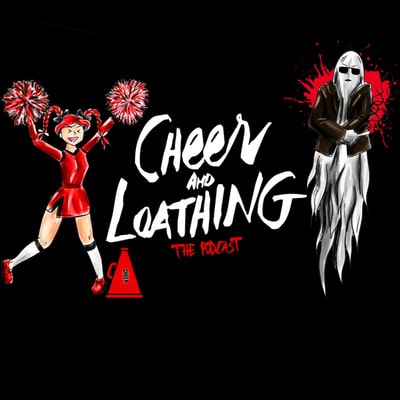
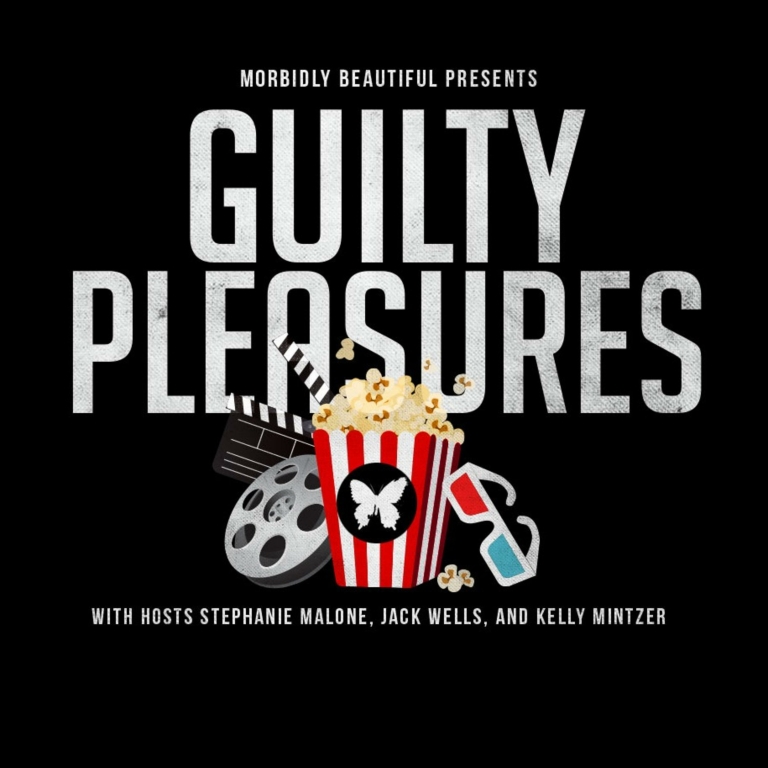





Follow Us!